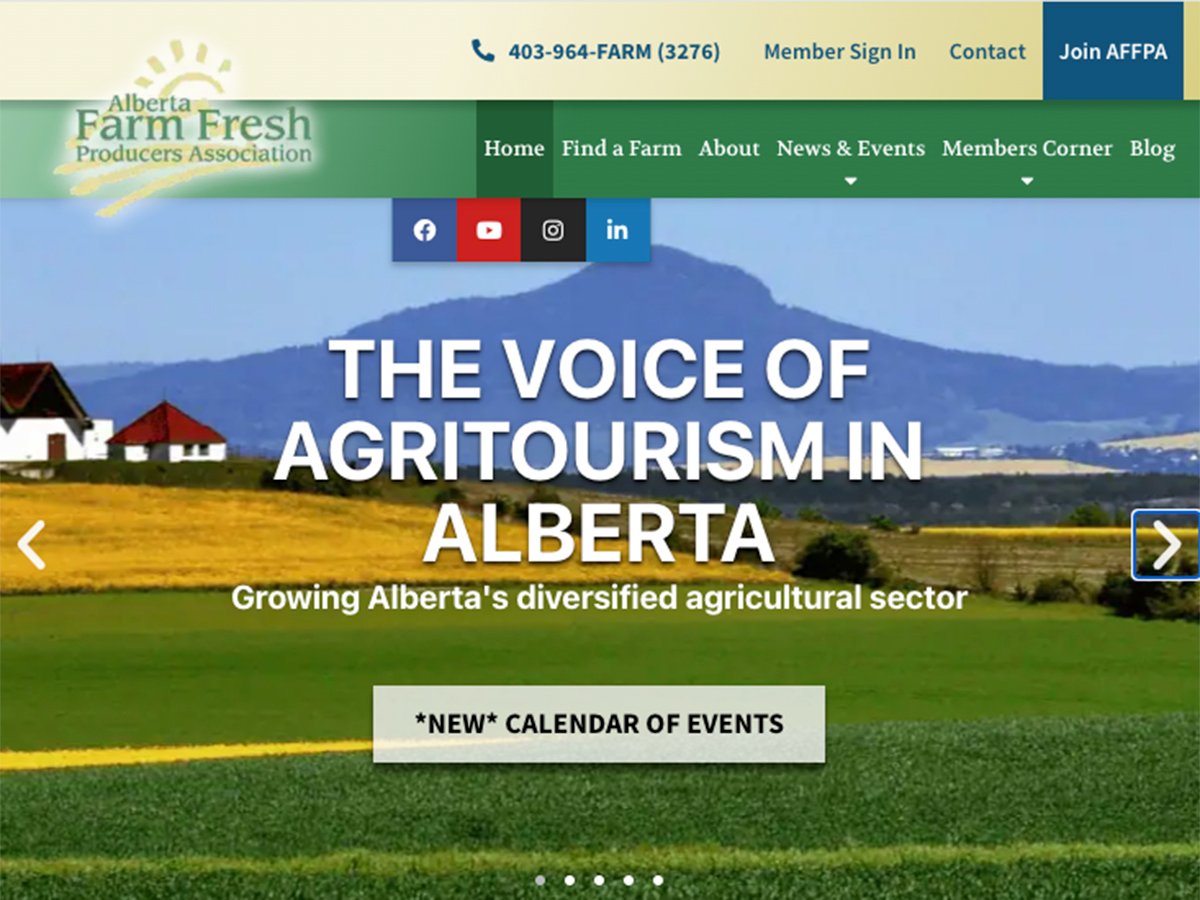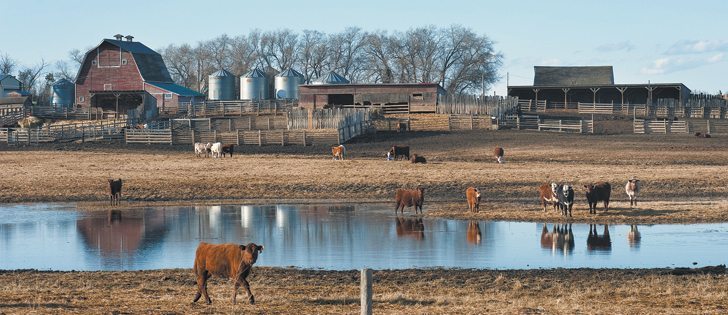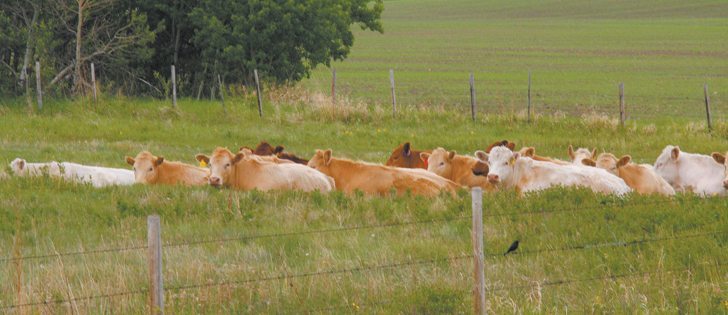Control may revert to provinces | Provinces could opt to sell the land, which has some worried about environmental issues
The future of the federal community pasture system remains unclear following last week’s budget.
Agriculture minister Gerry Ritz floated the idea of unloading agri-environment services branch pastures in discussions with cattle organizations and provinces several months ago.
And although his department took the largest budget hit on a percentage basis compared to other federal departments, Ritz wouldn’t say if the pastures are among the cuts.
“We’re looking for savings, we’re looking for efficiencies across the departments,” he said in a conference call with reporters March 30.
Read Also

New Alberta funding for program hopes to further unlock agritourism industry in province
Alberta Farm Fresh Producers Association is launching a new initiative thanks to $300,000 of provincial funding to bolster Alberta’s smaller scale family farms and agritourism sector.
“Nothing is sacred but we’ll continue to work with the affected people in the coming days and weeks.”
About100 full-time and 200 seasonal employees would be affected.
The provinces too could see changes. Saskatchewan especially, which is home to 60 of the 85 federal pastures, could see itself custodian of more than 1.3 million acres, due to a reversionary clause in the agreement that gave Ottawa control over the pastures.
“If Canada decides to not operate community pastures on them anymore then that land is supposed to fall back to the province,” said Wally Hoehn, acting director of the province’s lands branch.
The province also leases about 469,000 acres to the federal government for its pastures.
Other land would revert to Environment Canada or National Defence.
In Manitoba, the province or municipalities own 99 percent of the 24 pastures.
The 2.2 million acre pasture system was established under the Prairie Farm Rehabilitation Administration by legislation in 1937.
About 2,500 producers now graze 220,000 head of livestock on the pastures.
Saskatchewan agriculture minister Bob Bjornerud said he hadn’t heard definite plans from Ritz about the future of the pastures. But if the land reverts, it would nearly double the province’s workload. The province has 52 community pastures of its own.
“I’d be in panic mode,” laughed Hoehn.
On the other hand, the province has an administration set up to deal with pastures.
Bjornerud said Saskatchewan could operate the pastures or sell them. He suggested that producers who now use certain pastures might want to get together to buy them.
Harold Martens, president of the Saskatchewan Stock Growers Association, said that might be possible but only if there are financial tools available to help.
A venture capital corporation, for example, could lend money over 10 years to producers.
Rural municipalities might also consider buying the pastures.
Martens noted that the Rural Municipality of Excelsior, where he is reeve, owns a couple of small pastures on which patrons run about 400 head each grazing season.
He said the issue is more the number of patrons affected than the number of cattle. Many pasture users have small land bases of their own and rely on the community pastures.
Lynn Grant, a rancher from Val Marie, Sask., and a Canadian Cattlemen’s Association director, said producers might have to look at something like the Waldron Grazing Co-op in Alberta.
The co-op formed in the 1950s when about 50 sections of land were up for sale and no individual could come up with the money to buy it.
“As many as 100 cattle producers in and around the area pooled together to buy it and have since run it.”
Grant is concerned about the environmental benefits the pastures provide and what would happen if the land is sold.
The pastures represent some of the largest contiguous blocks of native prairie left in the world and are home to more than 20 species at risk.
Environment Canada has designated, or is in the process of designating, about 14 percent of the federal pasture land in southern Saskatchewan as critical wildlife habitat for swift fox, hairy prairie clover, piping plover and black-footed ferret. Burrowing owl, Sprague’s pipit and sage grouse are also likely to be added to the list.
A 2006 study found the benefit of the community pasture system to the direct users, or patrons, was $21 million. The benefit to the public, from the pastures’ conservation management, was $37 million.
The study was done by Pearson and Associates Agri-Consulting Inc. of Saskatoon. An economic model was used to apply a value to the benefits and costs of the pastures to public and private users.
















